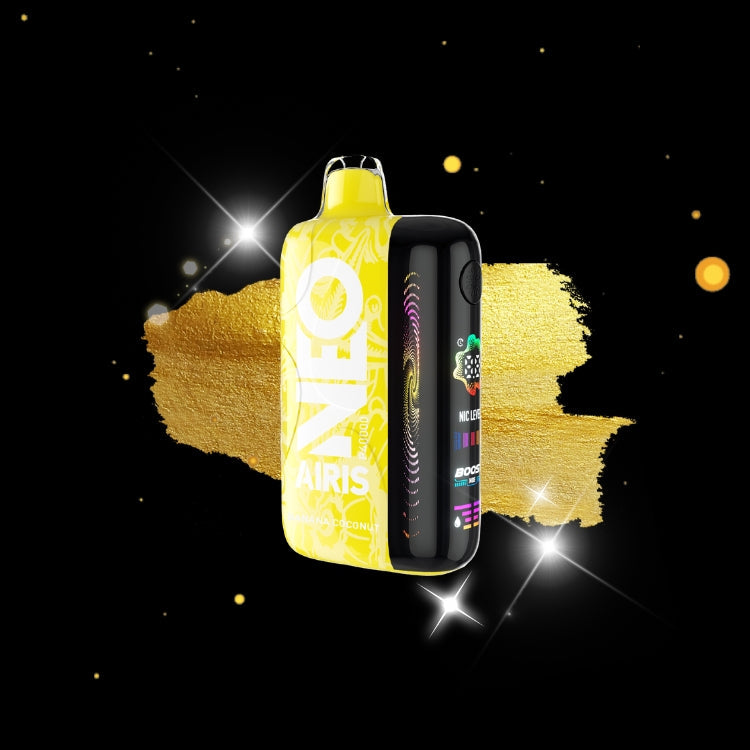PG vs VG: Understanding the Differences in Vape Juice Composition
PG vs VG: Understanding the Differences in Vape Juice Composition
PG vs VG Vape: What's the Difference?
Vaping has become a popular alternative to smoking, and understanding the composition of vape juice is essential for a satisfying experience. One of the key factors to consider is the ratio of Propylene Glycol (PG) to Vegetable Glycerin (VG) in your e-liquid. But what do PG and VG mean, and how do they affect your vaping experience? Let's dive in.
1. Propylene Glycol (PG)
PG is a thin, odorless liquid that is commonly used as a base in e-liquids. It is known for its ability to carry flavor and deliver a strong throat hit. Propylene Glycol is also less viscous, which means it can be easily absorbed by wick materials in your vape device. However, some users may experience mild irritation or dryness in their throat when using e-liquids with a high PG content.
2. Vegetable Glycerin (VG)
VG is a thick, sweet liquid derived from plant oils. It is known for its ability to produce large, dense clouds of vapor, making it a favorite among cloud chasers. Vegetable Glycerin is also less likely to cause throat irritation, but it may not carry flavors as effectively as PG. Additionally, the higher viscosity of VG can sometimes cause clogging in certain vape devices, especially those with lower power settings or narrow airflow channels.
3. PG/VG Ratios
The ratio of PG to VG in your vape juice can significantly impact your overall vaping experience. Here are the common ratios and their effects:
- 50/50 PG/VG: This is a balanced blend that provides a moderate throat hit and vapor production. It is suitable for most vape devices and is a popular choice for those who want a well-rounded experience.
- 70/30 PG/VG: This ratio leans more towards PG, resulting in a stronger throat hit and better flavor intensity. It's a good option for users who prioritize taste and feel over vapor production.
- 30/70 PG/VG: With a higher VG content, this ratio is ideal for users who want to prioritize vapor production and are less concerned with flavor intensity. It's perfect for sub-ohm vaping and cloud chasing.
- 100% VG: Also known as Max VG e-liquid, this option provides maximum vapor production but may sacrifice flavor intensity. It is best for users who prioritize cloud production and have a high-powered vape device.
4. Personal Preferences and Device Compatibility
When choosing a PG/VG ratio, it's essential to consider your personal preferences and the type of vape device you're using. High-powered devices and sub-ohm tanks can handle higher VG e-liquids without clogging, while lower-powered devices may require a higher PG content for optimal performance.
5. Health Considerations
While both PG and VG are considered safe for consumption in small amounts, it's important to note that individual sensitivities may vary. Some users may experience mild irritation or allergic reactions to PG, while others may prefer the smoother throat feel provided by VG.
6. Conclusion
In conclusion, the choice between PG and VG in your vape juice depends on your personal preferences and vaping style. Whether you're a flavor chaser or a cloud chaser, understanding the differences between PG and VG can help you make an informed decision and enhance your vaping experience. For a wide selection of e-liquids with varying PG/VG ratios, visit That Vape Club.


You may also like
-
Example product title
Regular price $19.99 USDRegular price -
Example product title
Regular price $19.99 USDRegular price -
Example product title
Regular price $19.99 USDRegular price -
Example product title
Regular price $19.99 USDRegular price


